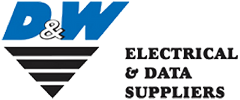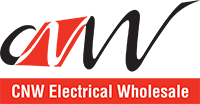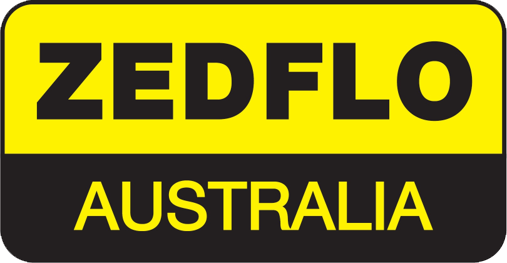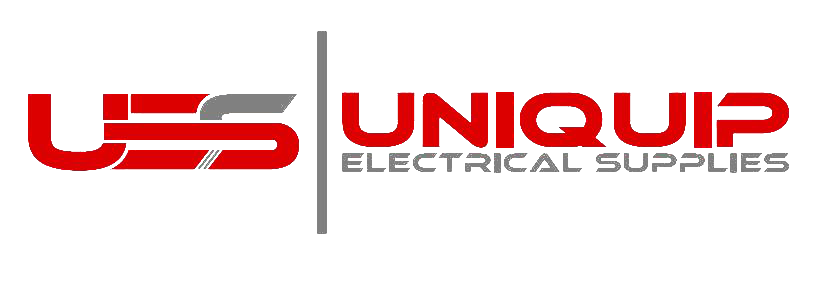Test & Tag: Essential Electrical Safety Guide for WA Electricians

In the electrical industry, ensuring safety and compliance is paramount. For professional electricians in Western Australia, understanding and implementing test and tag procedures is not just about following regulations—it’s about safeguarding lives and assets while adding value to your business. This guide breaks down the basics of test and tag and then dives deep into industry-specific insights that can help you leverage these practices for greater operational efficiency and profitability.
What is Test and Tag?
Test and tag is a systematic process used to inspect, test, and label electrical appliances and equipment to ensure they remain safe to use. The procedure involves a visual inspection and various electrical tests (such as insulation resistance and earth continuity tests) to verify that the equipment complies with safety standards. This practice, standardised across Australia, helps mitigate risks associated with faulty electrical appliances.
How to Test and Tag
The process is straightforward:
- Visual Inspection: Check for any signs of damage or wear.
- Electrical Testing: Use specialised equipment to perform tests (e.g., insulation resistance, earth continuity).
- Labelling & Documentation: Attach a tag indicating the test date, results, and the next recommended test date.
- Proper record-keeping is essential to ensure compliance and to track the lifecycle of each piece of equipment.
How Often Should Test and Tag Be Done?
Testing frequency depends on the type of equipment, its usage, and environmental factors. While Australian standards offer baseline intervals, a risk-based approach is recommended. High-usage or harsh environments may require more frequent testing, whereas equipment used in controlled conditions might have longer intervals between tests. It is worth noting, however, that in construction work, there is a mandatory 3 monthly testing cycle, and tag colour code standard.
Do You Need to be an Electrician to Test and Tag?
Only qualified and accredited professionals should perform test and tag procedures. In most cases, this means licensed electricians. Adhering to local regulations not only ensures safety but also maintains the integrity of your compliance records.
What Equipment Needs to be Test and Tagged?
Electrical equipment ranging from portable appliances and power tools to complex machinery falls under the test and tag regime. High-risk items—those exposed to frequent use or challenging conditions—demand extra attention, whereas low-risk items may follow a more extended testing schedule. Assessing each asset based on its operational context is key to maintaining overall safety.
Elevating Your Business with Test and Tag Expertise
By mastering test and tag procedures, electricians can expand their service offerings, creating new revenue streams.
- Differentiates Your Business: Offering comprehensive safety checks positions you as a one-stop-shop for electrical compliance.
- Builds Trust: Clients value reliability and accountability, leading to higher customer retention and referrals.
- Maximises Profitability: Regular testing contracts and maintenance agreements ensure a steady income and reduce the risk of shock or electrocution to those on site, in the home, or workplace.
Integrating Test and Tag into Modern Maintenance Plans
Test and tag shouldn’t be an isolated task; it’s an integral component of a broader maintenance strategy. In fact, there are Australian and New Zealand Standards which relate specifically to testing and tagging of devices. In non-construction environments, the frequency of the tagging is based on a risk-assessment. However, in Construction, it is required that all your electrical devices are tested and tagged every three months.
- Streamlined Operations: Integrate testing into routine maintenance schedules to avoid downtime and unexpected failures.
- Enhanced Efficiency: Use digital record-keeping and scheduling tools to automate reminders and maintain up-to-date compliance logs.
- Preventive Approach: Regular testing minimises the risk of equipment failure, ultimately saving time and money for both you and your clients.
Compliance, Safety, and Innovation: The Future of Test and Tag
Keeping pace with technological advancements can revolutionise your approach to test and tag:
- Advanced Testing Equipment: Modern tools not only increase testing accuracy but also reduce the time required per inspection.
- Digital Transformation: Leveraging mobile apps and cloud-based record systems simplifies documentation and improves audit readiness.
- Future-Proofing: Staying informed about evolving regulations ensures your practice remains compliant and competitive in the long term.
- Sustainability: Efficient testing processes contribute to longer equipment lifespans and reduce waste, aligning your business with eco-friendly practices.
Client Education: Empower Your clients with Knowledge.
Educating them on the benefits and requirements of regular test and tag services builds trust and encourages proactive maintenance.
Test and tag is much more than a regulatory requirement—it’s a powerful tool that enhances safety, improves operational efficiency, and opens new avenues for business growth. By understanding the basics and embracing advanced practices, professional electricians in Western Australia can not only comply with industry standards but also drive their business forward in an increasingly competitive market.
As a member of ECA WA, you have access to a range of safety resources and templates, as well as 24/7 Technical Knowledge base, and a technical hotline. Discover the full membership benefits here.













